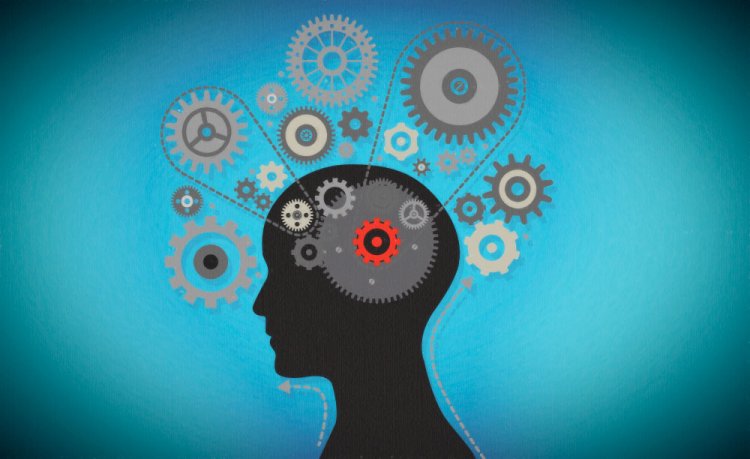Thinking Critically in and About School
Critical thinking is essential to educational systems because it enhances students' thinking ability, fosters creativity, and improves their decision-making and problem-solving skills. In addition, it enables students to analyze, evaluate, interpret, and synthesize information and make creative decisions to solve a problem or construct an argument. Importantly, instructors use critical thinking to help students apply newly acquired knowledge to real-world situations. The relevant authorities in the educational systems have made efforts to assist students in learning to think creatively. The current educational systems' strategies for teaching students critical thinking could be more effective.

Critical thinking is essential in education systems as it improves students' ability to think clearly, promotes creativity and enhances decision making and problem-solving capabilities. Moreover, it enables students to analyze, evaluate, interpret and synthesize information and make creative decisions to solve a problem or form an argument. Importantly, critical thinking is used by tutors to help students apply the new knowledge learned in class in real-life situations. Efforts have been made by the relevant authorities in the educational systems to help students learn to think creatively. Strategies set out by the current educational systems have not been effective in assisting students in learning critical thinking.
The current education systems have been designed to assist students in learning critical thinking. However, some of the strategies are ineffective because they come with some limitations, making them unsuitable for all students. For instance, asking students to think of new ways of solving a problem may be limited to some of them. While growing, children's passion for thinking ends when they encounter a world that teaches them obedience and conformity only. Therefore, they grow knowing that thinking is dangerous, and they lose their interest in thinking. The children will then suppress the memory of thinking, which will likely affect them in the future (Hooks pp.8) . By the time they get to college, the students will be coming to class assuming that thinking should not be necessary and all they should do is consume information. Hence, most of the strategies used in school to help students learn critical thinking are ineffective due to challenges experienced during students' childhood.
Arguably, some strategies have been instrumental in ensuring students learn to think critically. For instance, tutors identify potential in different students and support them to exploit their capabilities. Importantly, they also recognize the students with challenges in specific areas and help devise ways of learning to think critically. Through this, students allocate extra time for the areas they feel they need to pay more attention to. However, in most situations, teachers focus on the negative side while teaching instead of majoring in what should be done. While talking to students, tutors talk about what students cannot do or should not do instead of what they do or what they can do. Consequently, talking about the negative in education affects student's way of thinking, exposing them to failure (Coates pp. 5). In my opinion, focusing on the positive side of education is an effective way of helping students learn critical thinking. Throughout the semester, I only focused on the positive comments, which has significantly assisted me in improving my critical thinking skills translating to better performance.
What's Your Reaction?















